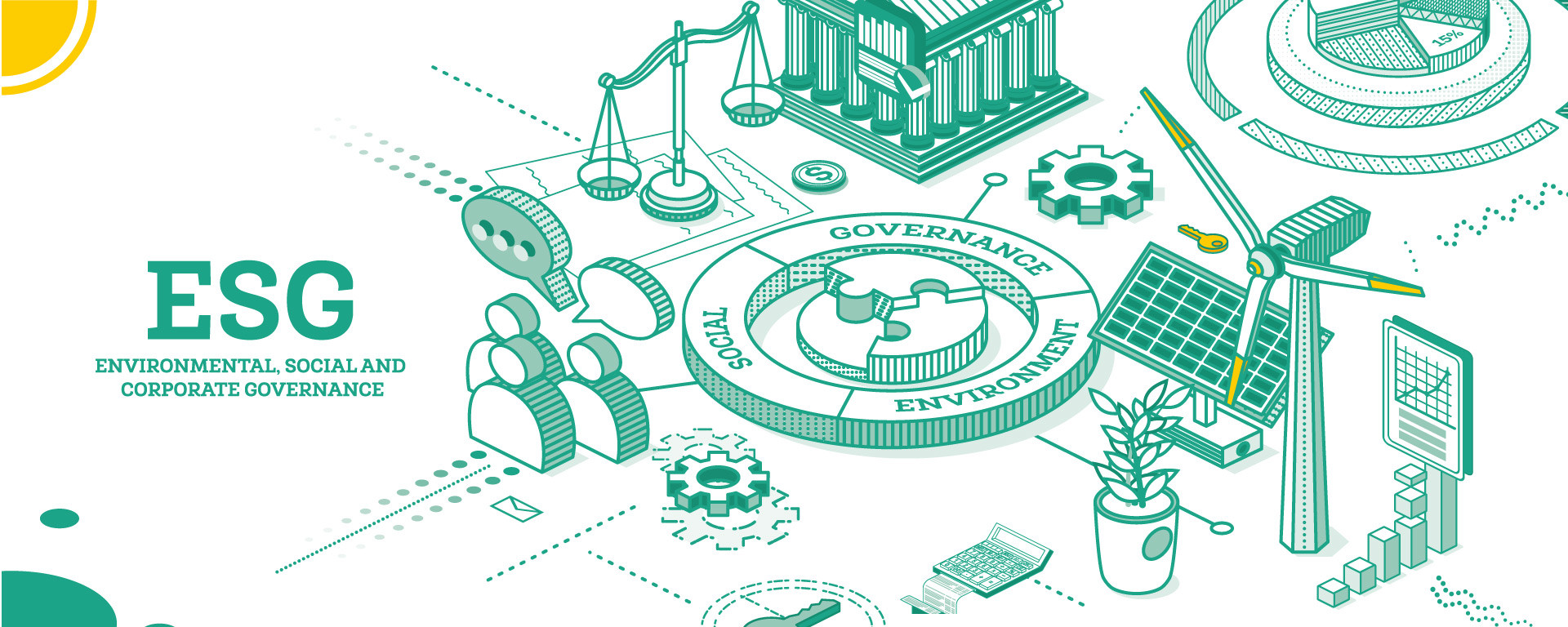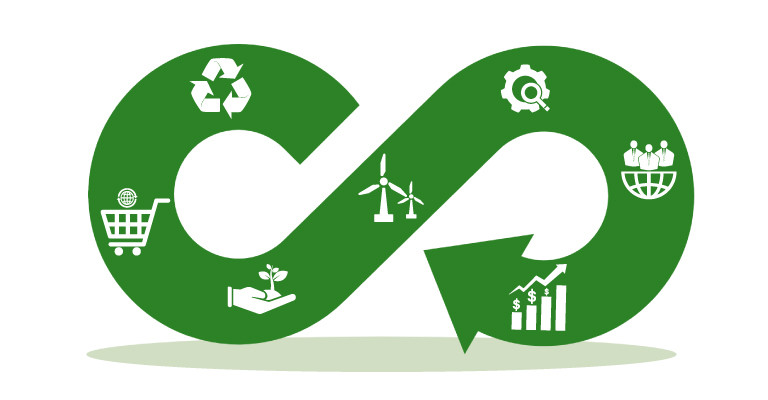What is a Benefit Company

The history of Benefit Company, in Italy
Italy was the first European country to introduce into its legal system a business reality inspired by the American B-Corp. The rule establishing the Benefit Companies in Italy is Law No. 208 of 28 December 2015, which entered into force at the beginning of 2016. In the text of the law, in addition to giving a definition of Company Benefit, you indicate the constituent elements of this type of enterprise.

Corporate object
The social object must explicitly define the objective of benefits that the company intends to achieve. In other words, the company must indicate what kind of positive impact it wants to generate for the community in which it operates. This impact affects several areas that are explicit in our social object: the environment, social inclusion, the welfare of employees, support to organization and associations of the territory.

Statute
The statute identify those who have a decision-making and coordination role in the development of benefit activities. This is an important aspect, because it leads us to immediately think about how to organize and manage activities and related functions. In addition, in this way it is stated immediately who will be responsible for managing the relations with the actors with whom the company comes into contact.

Goals
The Benefit Company is characterized by the dual purpose and the identification of the common benefit in the statutory clauses. Article 1 paragraph 376 l.n.208/2015 states that this company in the exercise of economic activity, in addition to the lucrative purpose, pursues "also" one or more common benefit purposes, operating annually in a responsible manner, sustainable and transparent towards all stakeholders.
Reporting
Benefit Companies are required to prepare and publish an annual impact report. This document must be deposited with the Chamber of Commerce and published on the company’s website. It is a strategic document to share the objectives and results related to the activity as a Benefit Company and can be considered as a real sustainability report.
The goals of common benefit
Benefit Companies are companies in all respects and, as such, have the goal of generating profits. The field in which they move is not that of charity but identify positive and negative effects of their activity and intervene on them to generate social and economic benefits.
Sdgs: the principles of the 2030 Agenda
The 2030 Agenda for Sustainable Development is an action programme for people, the planet and prosperity signed in September 2015 by the governments of the 193 UN member countries. It incorporates 17 Sustainable Development Goals, which countries are committed to achieving by 2030.

ESG criteria
The ESG (environmental, social and governance) criteria are criteria for evaluating the commitment of a company according to three dimensions - environmental, social and governance -, which give the measure of how sustainable and responsible it is. A company is not only managers and shareholders but is an asset of all; it is part of a social and territorial context with which it interacts: the result is a corporate social responsibility. Sustainability therefore becomes a strategic component and a guideline in business practices to generate collective well-being and reduce the impact on the planet. Consequently, the assessment of a company must take into account both economic performance and social and environmental: this is what the ESG criteria and the related indicators (score and ESG rating) are used for.
ESG Assessment
It is a measurement tool designed to make companies clear their environmental, social and governance performance. The assesment produces a document from which to start and above all allows the management to understand how much work there is to do to improve the alignment with the Esg parameters.

